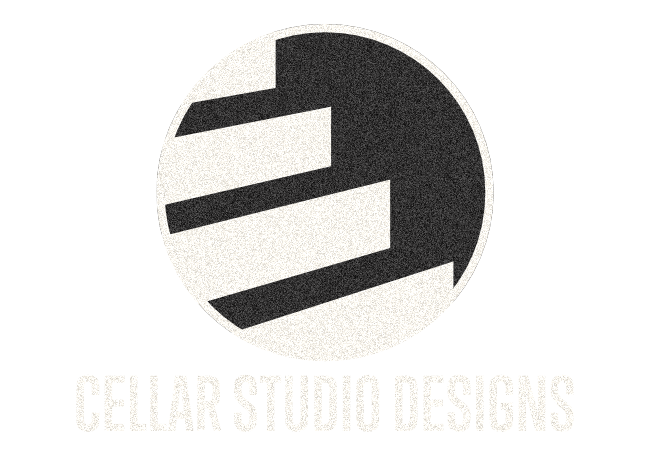Today, I want to share with you my process for creating custom badge designs using Affinity Designer’s Vector Persona. Over the years, I’ve developed a method that combines classic artistry with modern technology, ensuring each badge is not only visually appealing but also meaningful and functional.
The Creative Process
When I start designing a custom badge, the first step is setting up the canvas. I usually work with an 1200×1200 pixel canvas, which provides enough space for detail without being overwhelming. My computer displays are frequently color-calibrated for color accuracy before I make sure to select the appropriate color format – RGB for web use and CMYK for print – to ensure the colors are vibrant and accurate.

Defining the Badge Shape:
The foundation of any badge design is its shape. I often begin with a perfect circle, created using the Ellipse Tool while holding the Shift key to maintain the proportions. The circle is a timeless shape that symbolizes unity and inclusivity, which is why it’s a popular choice for badges. I align the shape to the center of the canvas to ensure symmetry.
To add depth, I might incorporate an inner circle to create a border effect. Depending on the badge’s purpose, I also explore other shapes like stars or polygons to add unique elements. The choice of shape can significantly influence the badge’s personality and message.

Design Principles for a Solid Badge
1. Simplicity and Clarity:
A good badge design should be simple and clear. Badges are often viewed from a distance or in small sizes, so clarity is paramount. I avoid overly complex designs to ensure the badge remains recognizable and effective in various contexts.

2. Balanced Composition:
Achieving balance in the design is key. I carefully consider the placement of each element to ensure harmony. An unbalanced badge can feel chaotic and unprofessional. I use alignment tools in Affinity Designer to maintain visual balance.
3. Typography:
Text plays a crucial role in badge design. I select fonts that are legible and appropriate for the badge’s theme. Typography should complement the overall design, not overshadow it. I often use bold, sans-serif fonts for clarity and impact.

4. Color Theory:
Colors are powerful communicators of mood and message. I apply color theory principles to choose a palette that resonates with the badge’s purpose. Colors evoke emotions and can make a badge more appealing. I ensure sufficient contrast for readability and visual interest.
5. Scalability and Versatility:
I ensure that my badge designs are scalable without losing quality. A good badge should look great whether it’s on a small lapel pin or a large poster. Using vector graphics in Affinity Designer allows for resizing without compromising detail.
Final Touches
Once the primary design elements are in place, I add final touches like shadows, highlights, and textures to enhance the badge’s depth and visual interest. These subtle details can elevate a design from good to great.

Conclusion
Designing custom badges is a blend of creativity and solid design principles. By adhering to these fundamentals and leveraging the capabilities of Affinity Designer, I can create badges that are not only visually appealing but also meaningful and effective. For anyone looking to design their own badges, I hope my process and insights provide a valuable guide. It’s all about combining creativity with solid design concepts to craft something truly special.
I’m excited to continue creating and sharing my work, and I look forward to the opportunity to help you bring your badge design visions to life.





